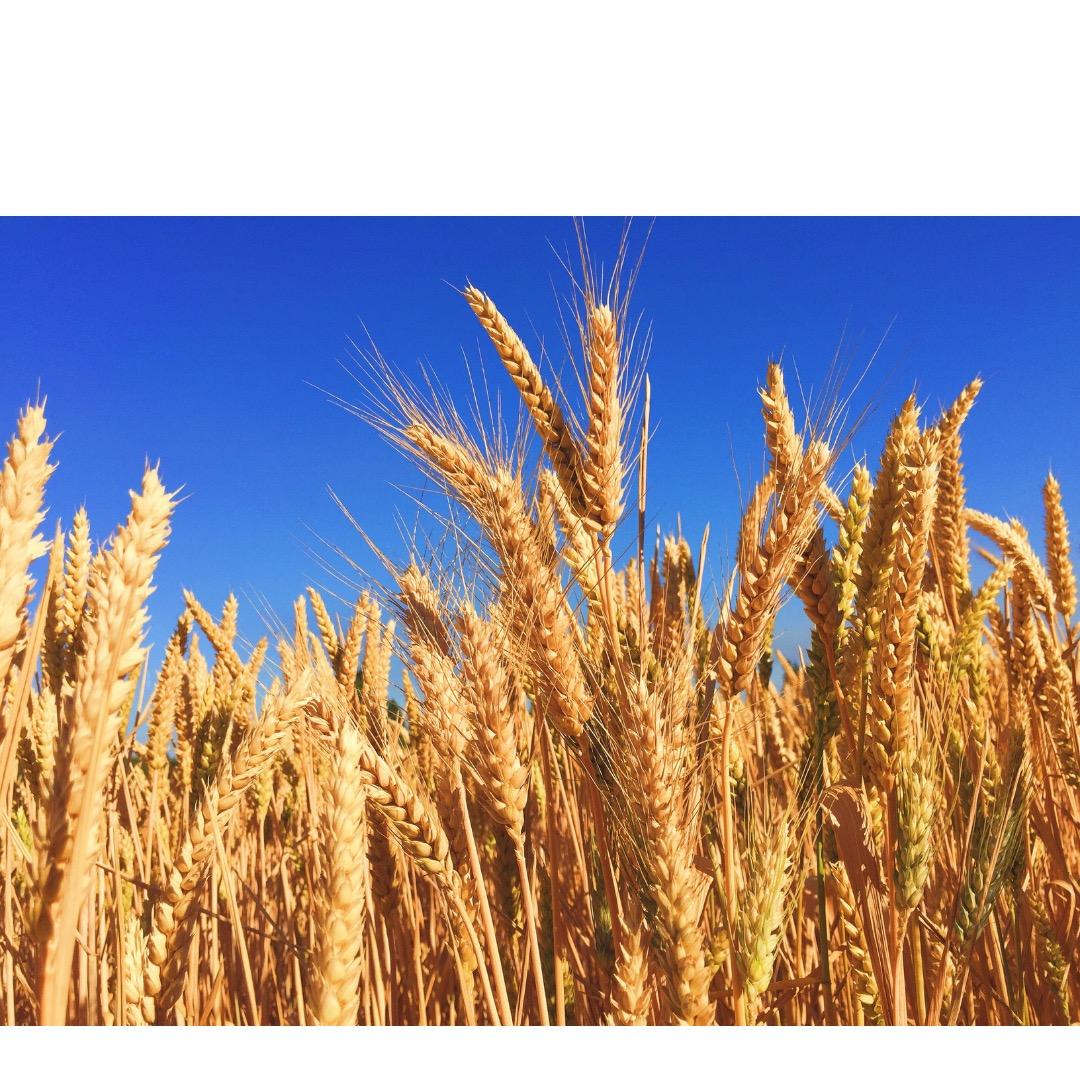




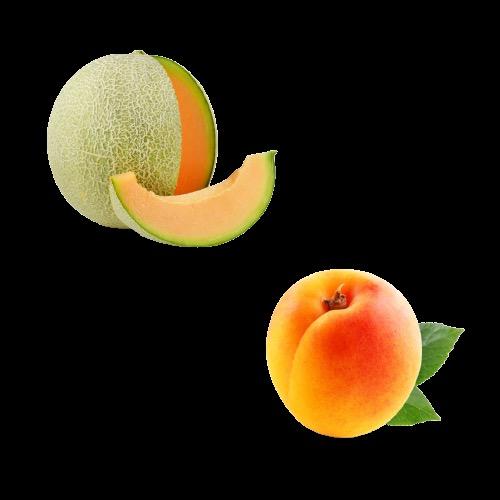
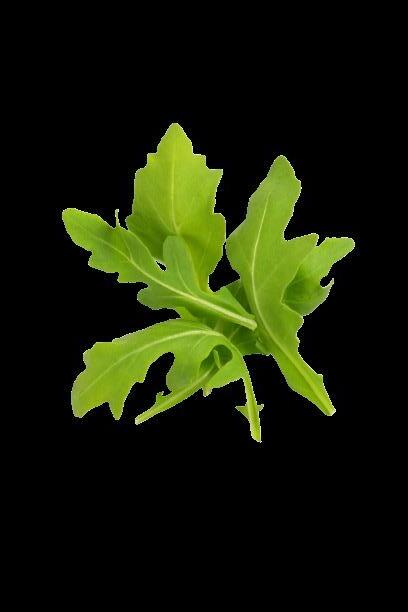





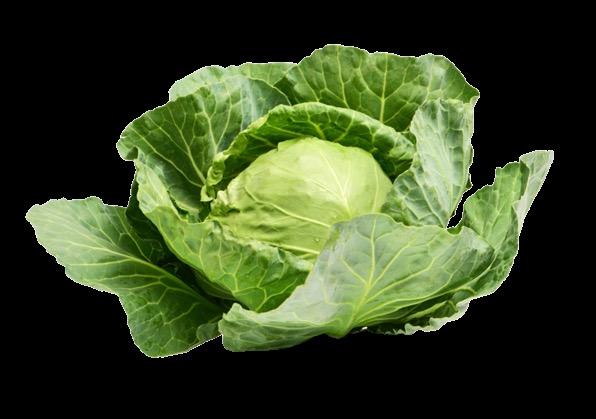


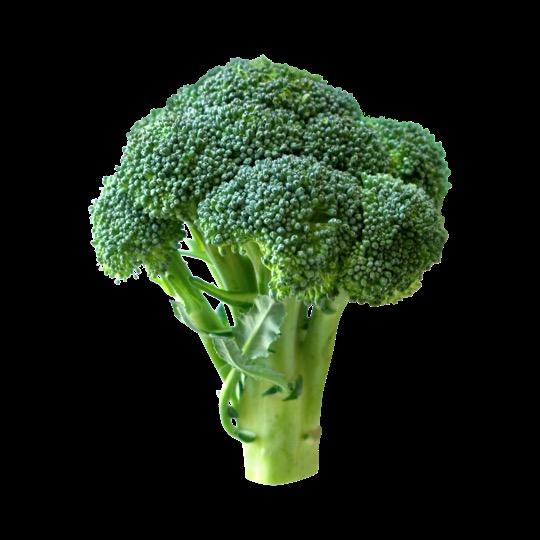





 Apricots
Barley
Broccoli
Cabbage
Corn
Cauliflower Chiles
Lemons Lettuce
Spinach
Wheat
Apricots
Barley
Broccoli
Cabbage
Corn
Cauliflower Chiles
Lemons Lettuce
Spinach
Wheat
Apricots grown in Arizona are extra sweet because of the hot Arizona sun.

Commonly enjoyed in jams or as a dried fruit.

The seed in the center of an apricot “stone”.
National Apricot Day

to August.


Apricots are grown on every continent except Antarctica.

Apricots are members of the rose family.




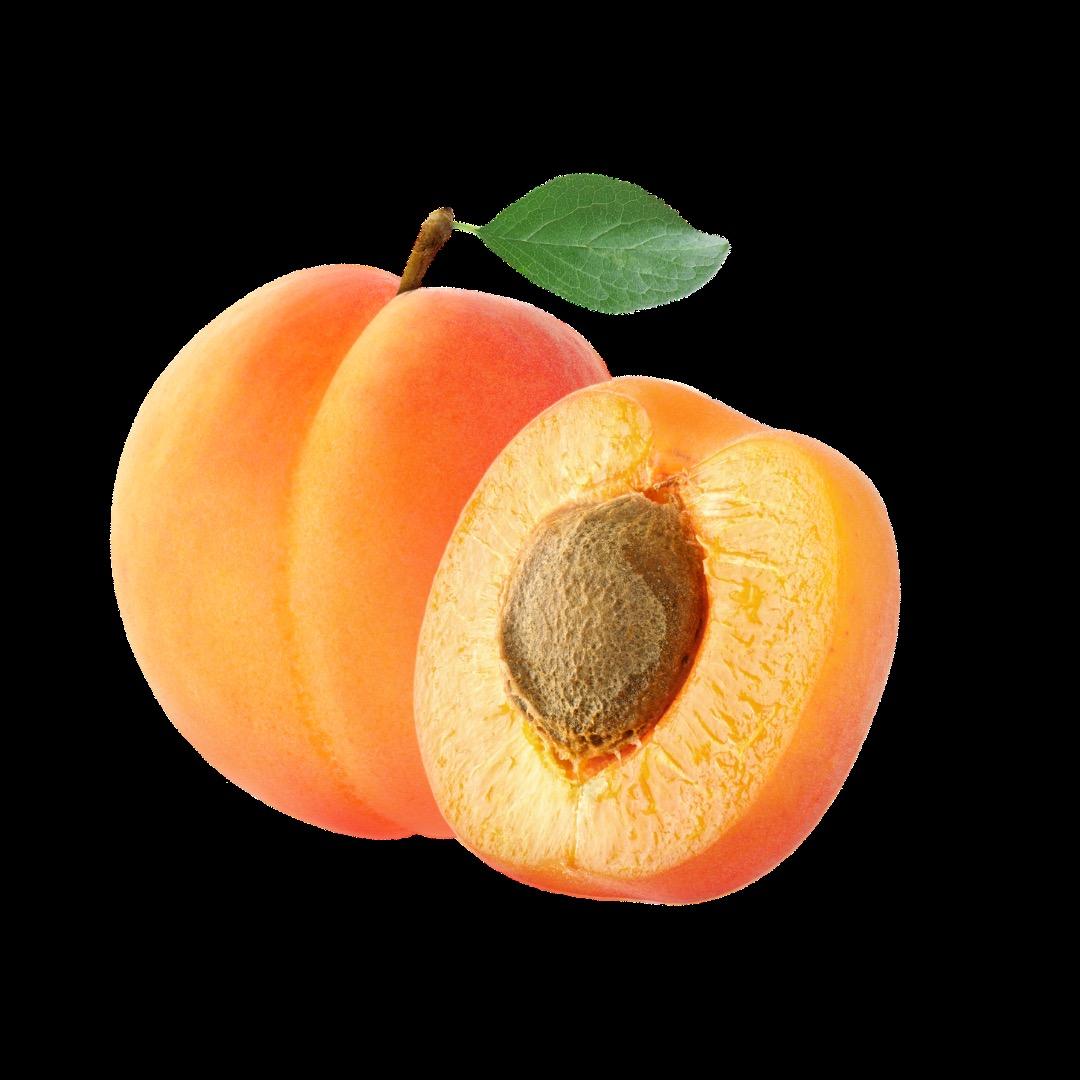




Arizona arugula grown in the fall, winter & spring.
In Arizona, arugula is mainly grown Yuma and Maricopa counties.
Arugula repels pests with
Arugula is described as a “peppery” leafy green.


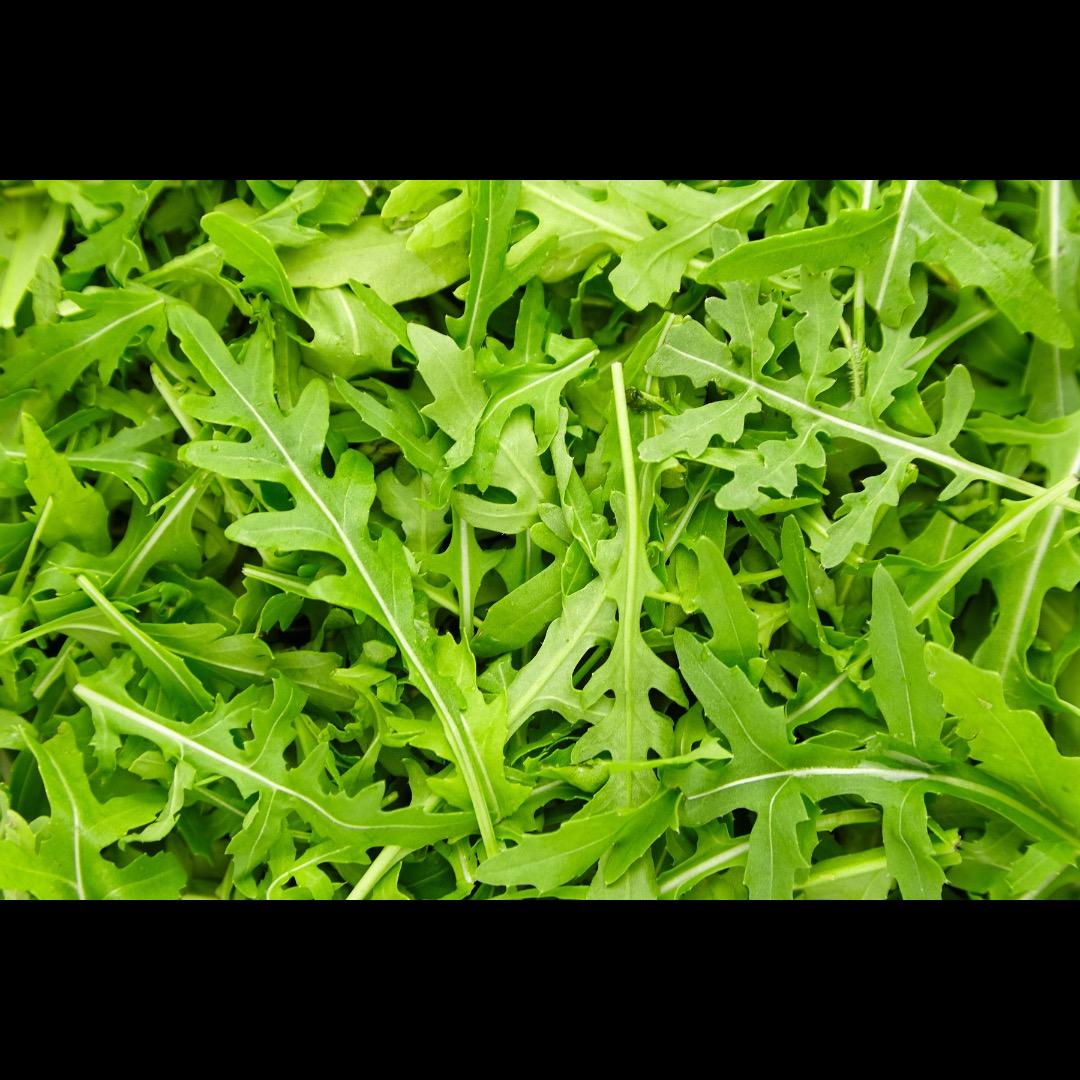
Arugula prefers a cool climate to grow.
Arugula grows 8 inches
because of how fast it can grow.


Arugula is ready to harvest only 40 days after planting.

Arizona farmers have grown barley for more than a century.
1. Spring Barley
2. Winter Barley

3. 6-Row Barley
4. 2-Row Barley
Barley is a cool-season, annual crop.
There are 5 main varieties grown in AZ.
The U.S. produces mostly
Barley is one of the oldest domesticated grain crops.

A small percentage of barley is milled into flour.

Barley is used as a feed grain for livestock.



The head of the plant is called the “barley spike” which is made up of 20 - 60 grains.
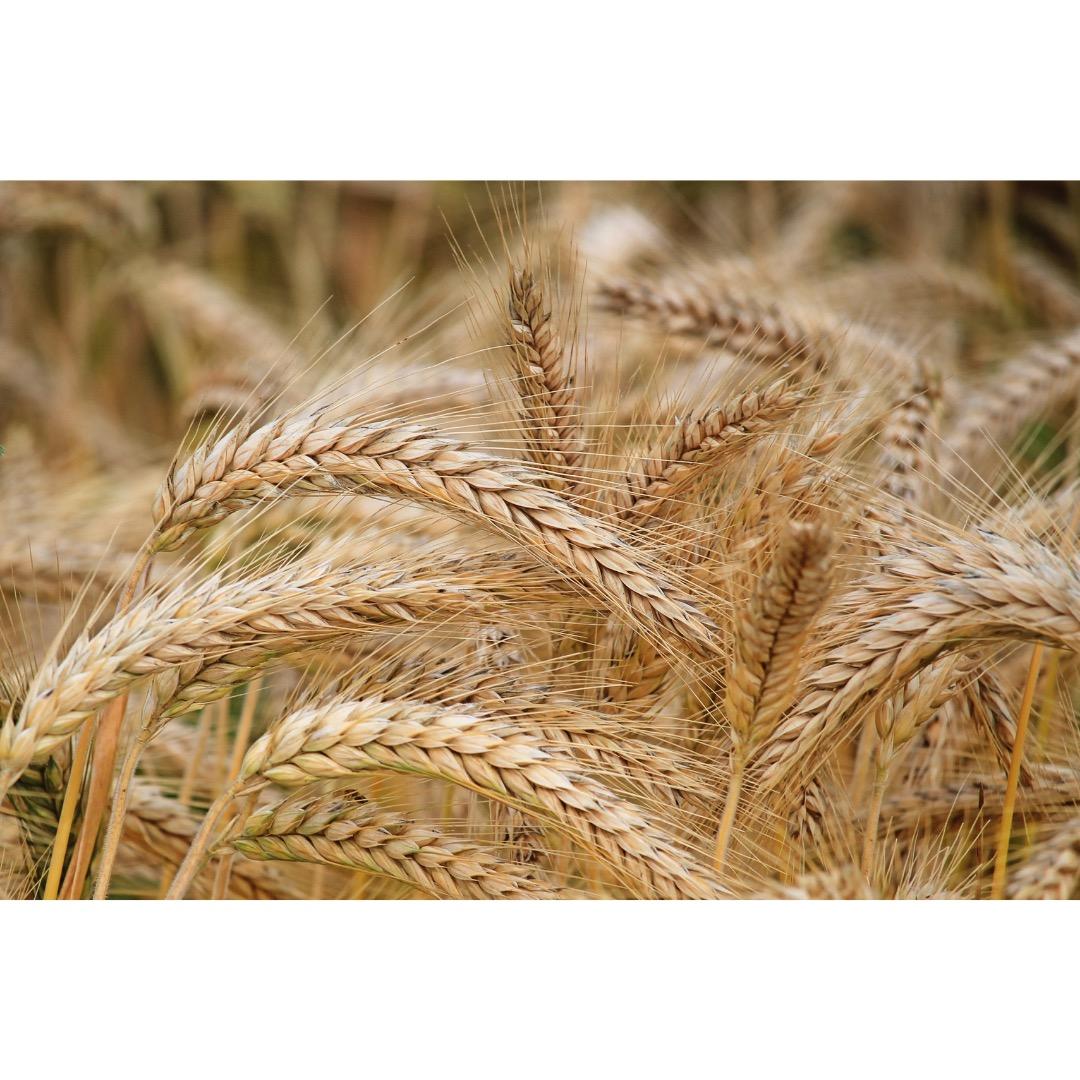

Barley is a tall grass with a stem that reaches between 30 - 35 inches high.


Arizona ranks second in the U.S. in broccoli production.
Arizona broccoli is grown in the fall, winter & spring.
The word broccoli means “the flowering top of a cabbage” Broccoli is made up of a bunch of tiny, unopened flowers.


Broccoli is a cool vegetable.




Heading
Heading broccoli is the most common.
BEST during fall & spring.



Broccoli is
Broccoli takes days to complete growing after planting.
 Broccoli is a part of the brassica family.
Broccoli is a part of the brassica family.
In Arizona, cabbage is in season ALL year long!
Arizona’s climate and nourishing soil allows for cabbage to thrive year-round.


Cabbage is a “cold
Peak season is from November to April.


Average plant is 46 feet tall.
Cabbage grows best in a lot of sunlight.
Types of Cabbage:
Early cabbage takes days cabbage takes 87 days.


varieties of cabbage.



The most popular varieties of cabbage:
1. Green Cabbage
2. Red Cabbage
3. Savoy Cabbage




Arizona’s climate allows for growing some of the tastiest melons in the country!
The most popular melon in the U.S.!
The actual name for cantaloupe is “reticulated muskmelon”.

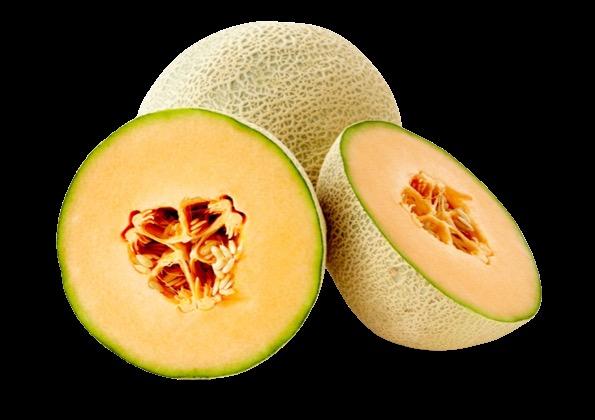
Because of Arizona’s 300-plus days of super sunshine, cantaloupe can be harvested in the spring and fall.
continue they are the vine.

Their yellow flowers attract honeybees that pollinate the melon.

The vines that the cantaloupe is attached to can reach up to 5 ft long.
Cantaloupe take 90 days to produce fruit after being planted.




Arizona is home to 5,400 acres of cauliflower.
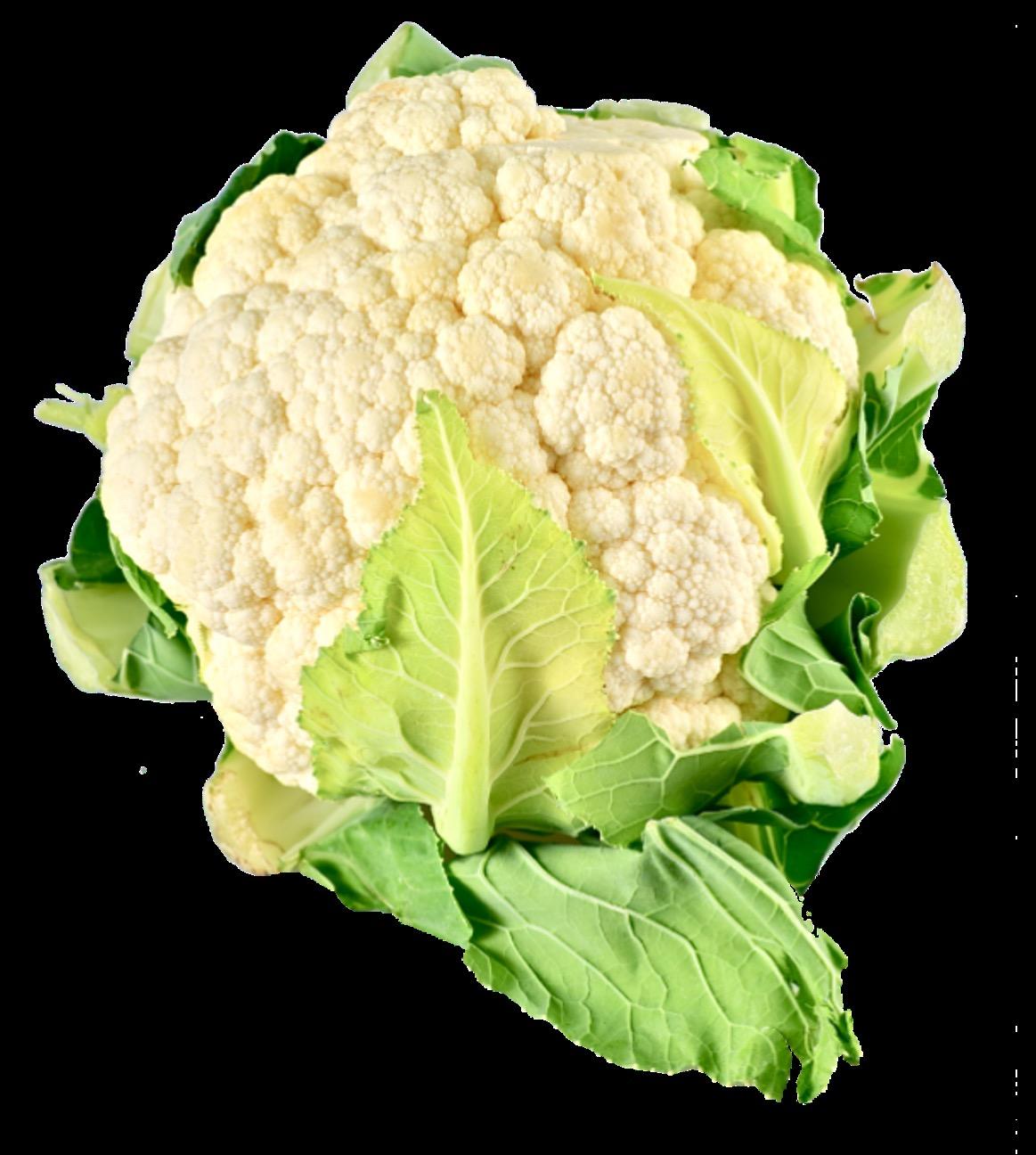
Cauliflower varieties that do well in Arizona’s desert include Snowball, Snow Queen & Snow Prince.
The BIGGER the cauliflower head, the BIGGER the flavor!
is a coolseason crop.


Cauliflower plants can grow to be 1.5 feet tall.

Cauliflower is a good source of Vitamin C!

Cauliflower can also be green, purple, orange brown & yellow
There are H U N D R E D S of different varieties of cauliflower.
“Cabbage Flower”
The origins of 80 - 90% of the chilis grown commercially in the U.S. can be traced back to one farm in Arizona.
Chile peppers are a fruit.
Chile peppers come in a variety of different colors.
Chile peppers thrive in long, hot days and warm nights
Ideally 8 - 12 hour long days.
The heat of chile peppers are measured on a scale

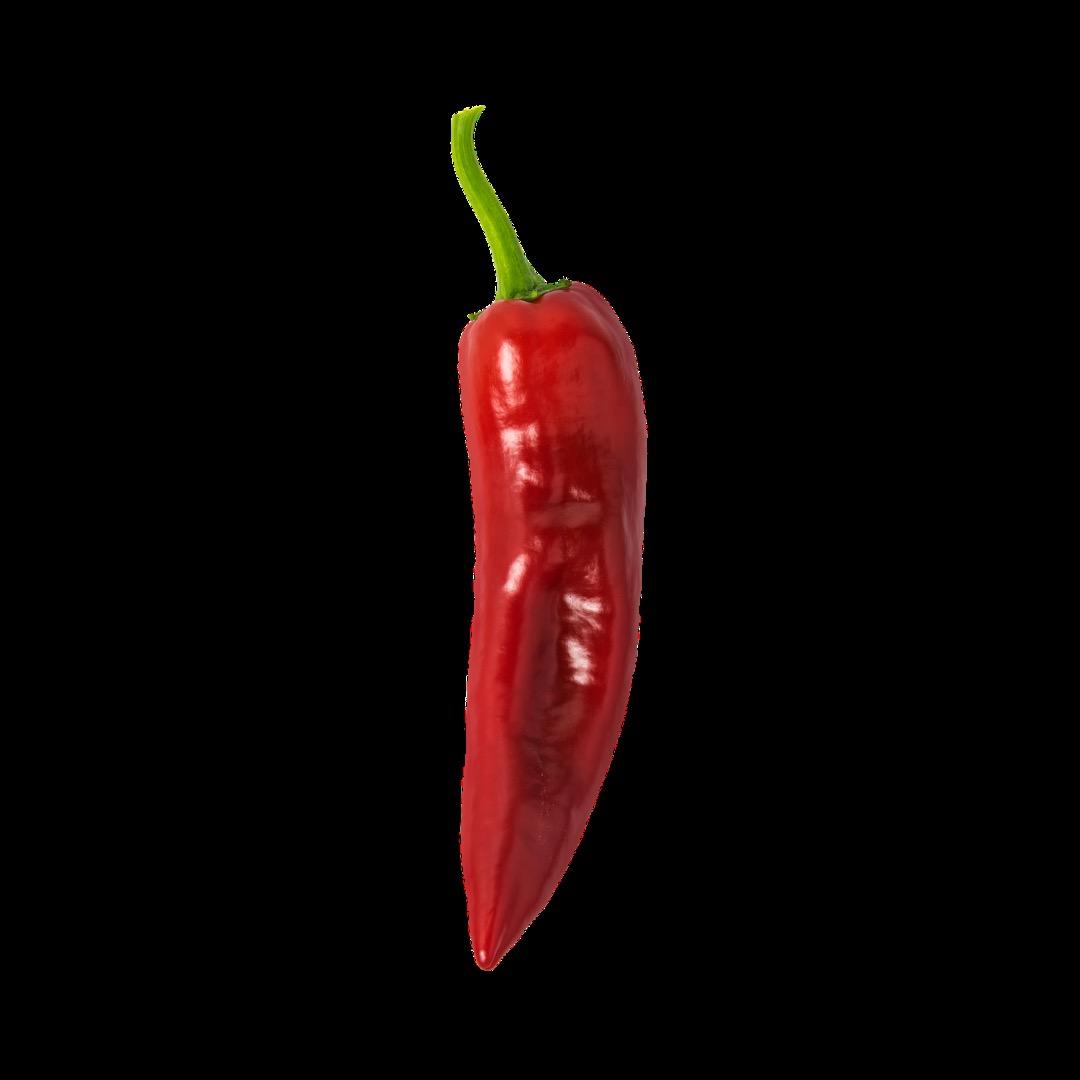

Chiles get spicier the longer they ripen on the vine.
3 Top
Chile
Producing States:
1. New Mexico






2. California
3. Arizona
Chiles are a part of the nightshade family.
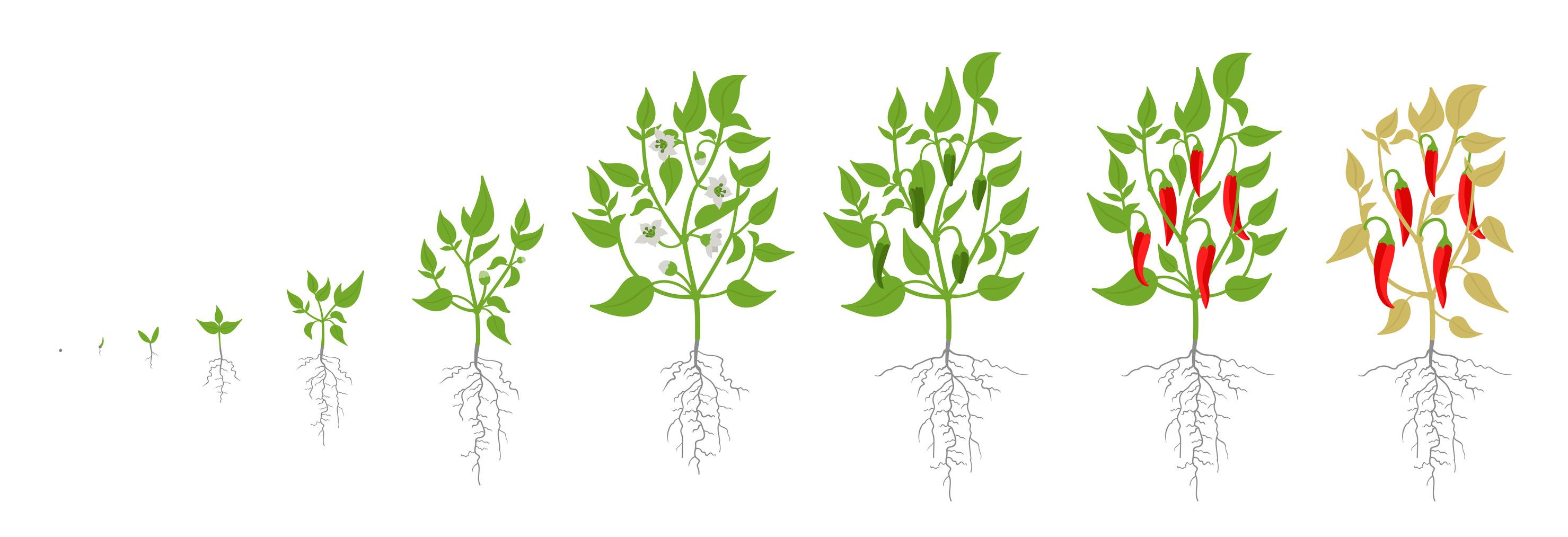
The best way to cool down your mouth after eating a spicy pepper is with milk.

Capsaicin is the compound in peppers that make them spicy.



Hundreds of acres of corn are harvested in Arizona to prepare feed for cows.
Corn is harvested in Arizona for their dairy farmers in the month of July.

number 1 field crop.
Corn is considered a vegetable, fruit AND a grain!
An ear of corn ALWAYS has an even number of rows.
There are around kernels on each ear of corn.


800





Most countries outside of the United States calls corn “maize”.
90,000,000 acres of the earth are corn fields.
The majority of dates grown in Arizona are from Yuma county.
3



Types of Dates:
1. Ajwa dates
2. Noor dates
3. Medjool dates



Medjool
Medjool dates are the most common type of date grown in AZ.
Dates are a stone fruit.

Dates are naturally dehydrated.
Dates are chewy & sweet.
Dates are grown on date palm trees.
Date palms can grow 75 feet tall




Arizona produces around 18% of lemons grown in the U.S.

Combined, Arizona and California grow 95% lemons grown in the U.S.
Arizona is home to 6,800 acres of lemon trees.
Only 4 states in the U.S. grow lemons: California, Arizona, Florida & Texas.
3 tbsp of juice in 1 lemon.
A lemon tree can live for 50 years. 8
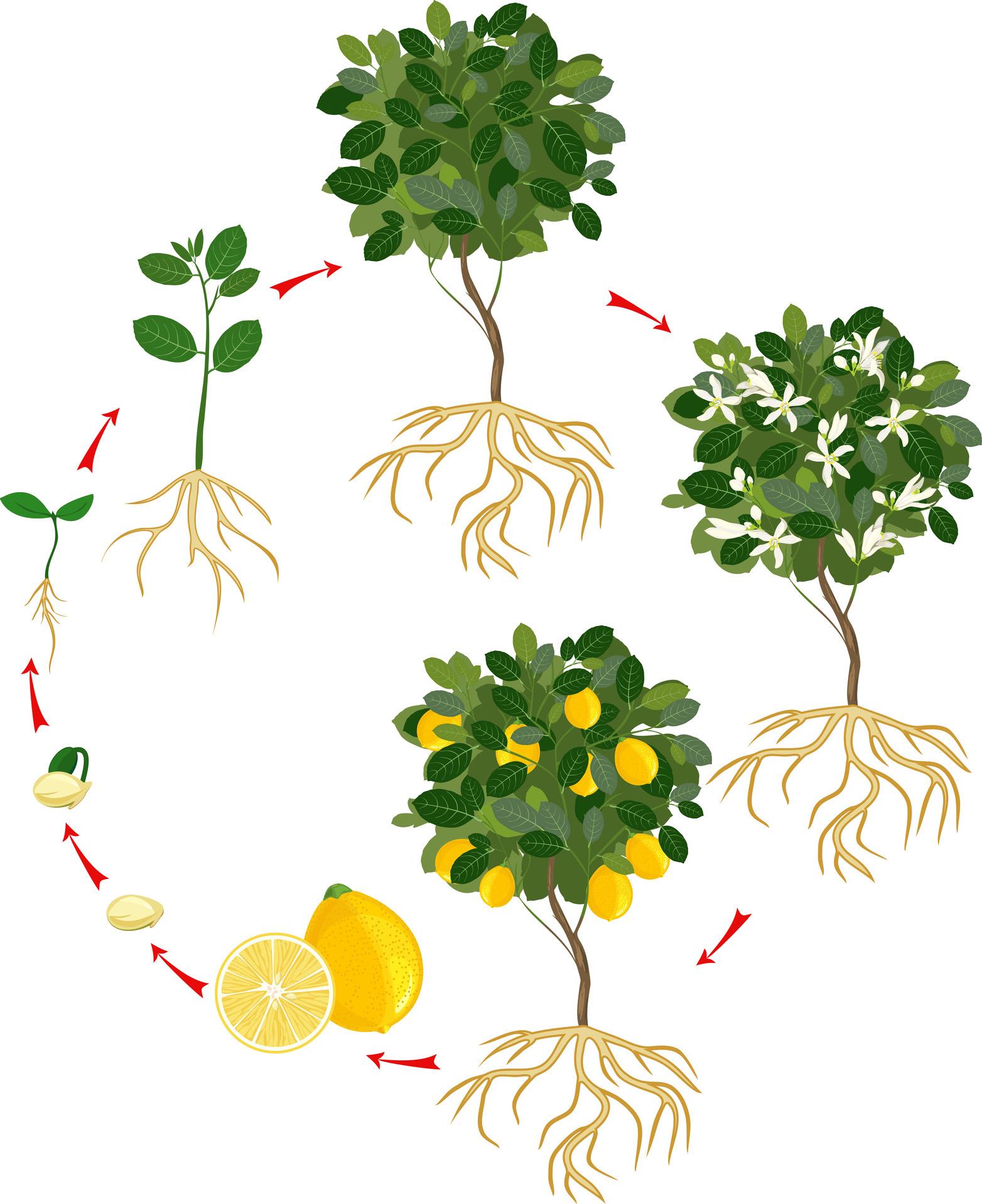
seeds per lemon.
Lemons are technically berries.
Most common types of lemons: Meyer, Eureka & Lisbon.


Lemon trees can produce up to of lemons every year.
Lemon trees produce fruit ALL year round.
Between November – March, 90% of America’s lettuce is grown in Arizona.
Darker green lettuce leaves are MORE LEAST MOST

Lettuce prefers to grow in colder climates.

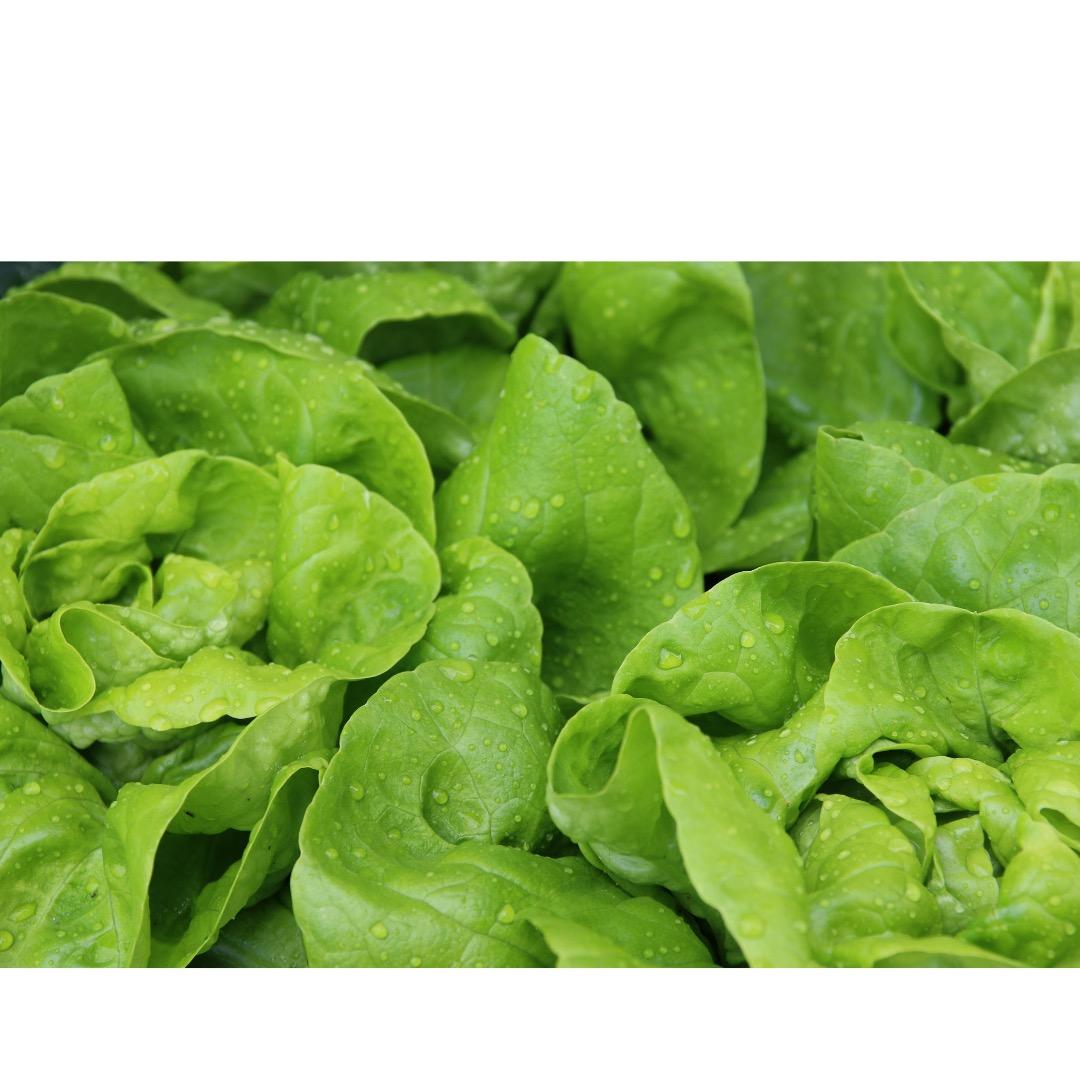
popular type of lettuce in the U.S.
Lettuce is a part of the sunflower family.


95% of Arizona lettuce is grown in Yuma County.
4


Main Types of Lettuce:


1. Butterhead
2. Crisphead
3. Looseleaf

4. Romaine

Lettuce is water. 95%

Lettuce is the
2nd most popular vegetable in the U.S.
Because of lettuce’s water %, it must always be eaten FRESH.
Arizona produces around 150 MILLION pounds of spinach each year.
3


AZ is the 2nd largest spinach producing state.
Types of Spinach:
1. Savoy
2. Semi Savoy
3. Flat


Flat spinach is the best known & most popular.
Spinach is a part of the goosefoot family of the shape of its leaves.




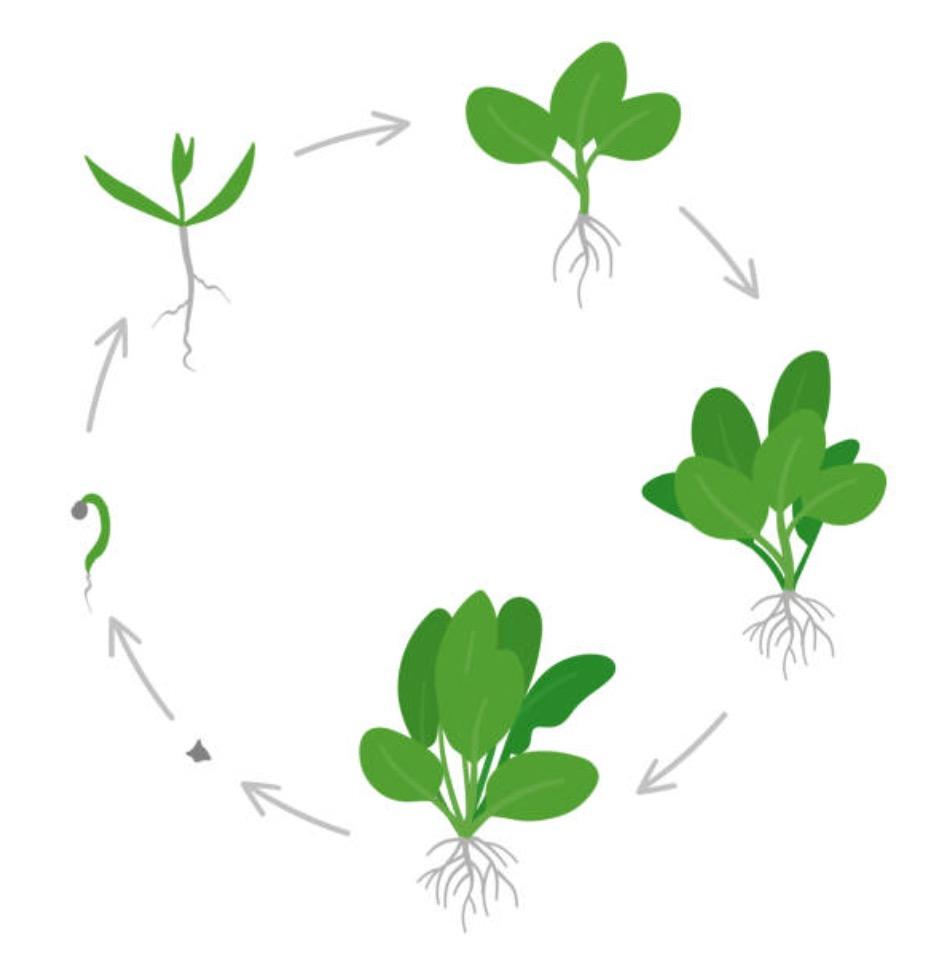
F R E S H spinach is the B E S T spinach!

of its major nutrients after harvesting.
Spinach prefer to grow in cooler climates.
Late spring/early spinach season.
Spinach thrives when grown in sandy soils.
Arizona has around 2,900 acres of land dedicated to growing watermelon.
There are over 1,200 different varieties of watermelon grown around the world.
Watermelons are 92% water.


The world's heaviest watermelon was 350 lbs.
Watermelons take 90 days to grow from seed to fruit.

Watermelons are a part of the gourd family with cucumbers, pumpkins, etc.
Watermelon are considered both a fruit AND a vegetable.



Watermelons are grown in over countries

Seedless watermelon are most popular.
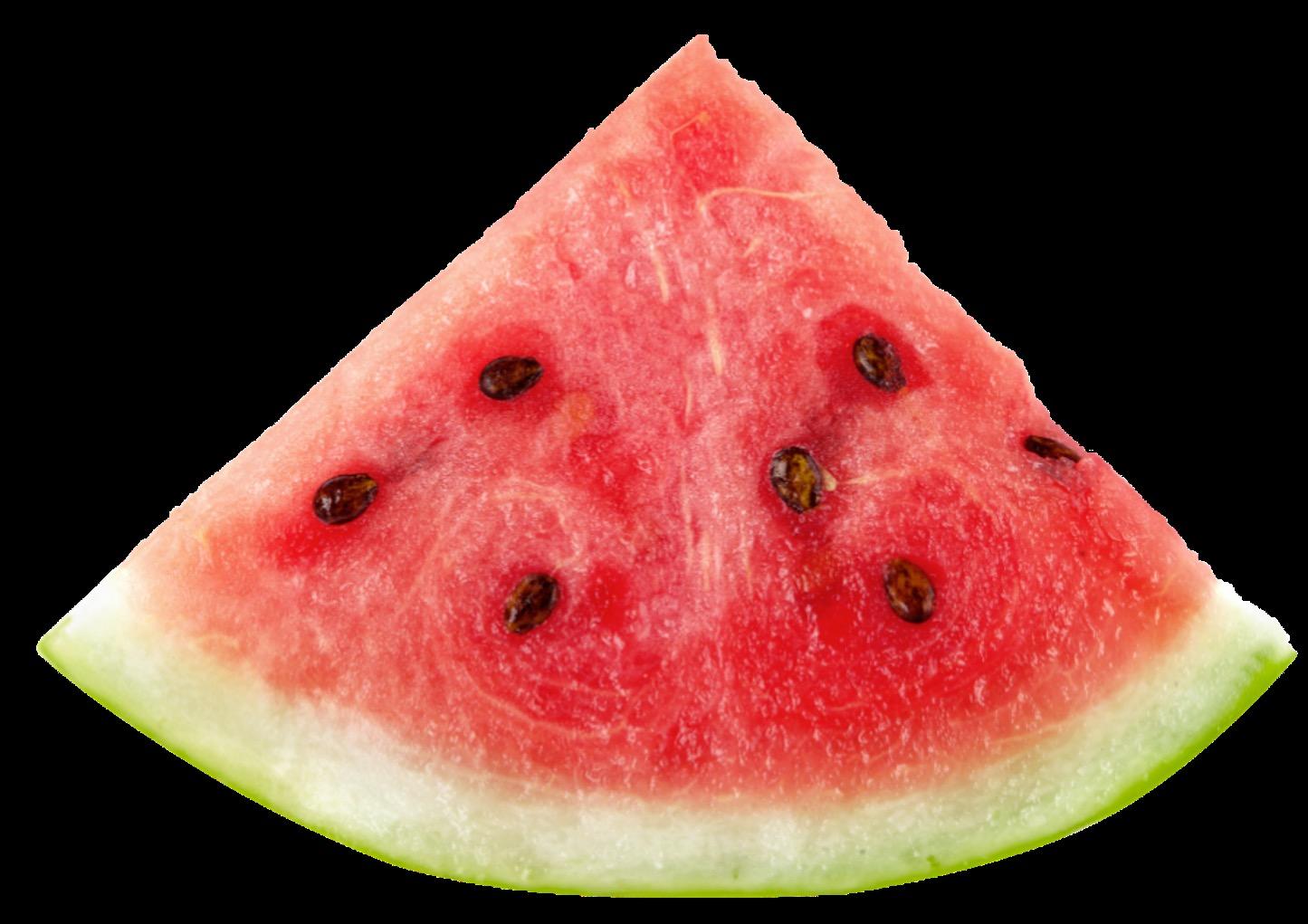
Harvested by hand.
JULY
National Watermelon Month

Arizona is well known for its Desert Durum Wheat.
6



Classes of Wheat
Grown in the U.S.
1. Hard Red Winter
2. Hard Red Spring
3. Soft Red Winter
4. Soft White
5. Durum
The average wheat crop grows to be between 2 & 4 feet tall.

Desert Durum Wheat is highly prized for its gluten strength and yellow color.

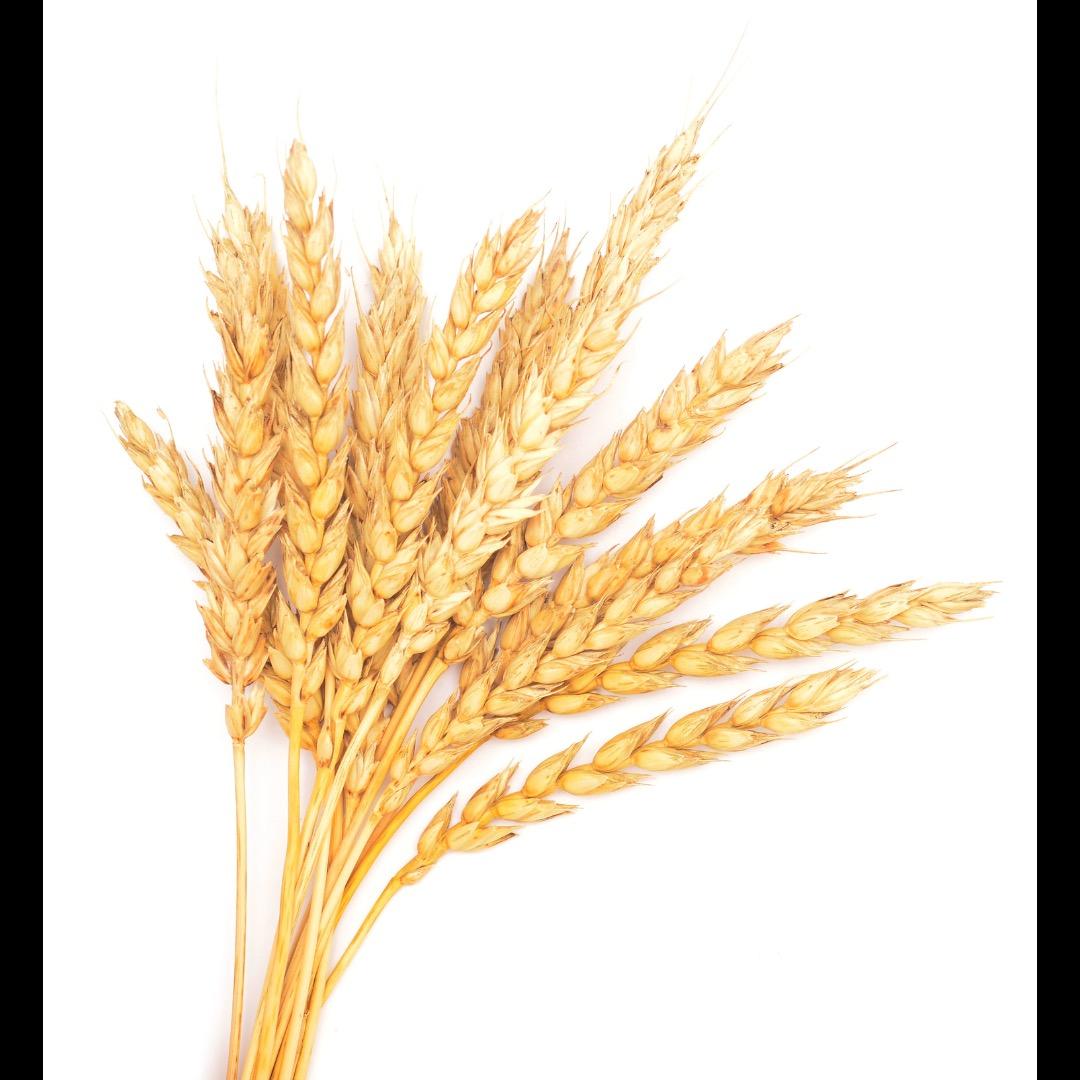
1 bushel of wheat can produce 90 loaves of bread.

1 acre = 40 bushels of wheat.
Wheat grows best in warm weather.
Wheat is the MOST harvested crop in the world.
